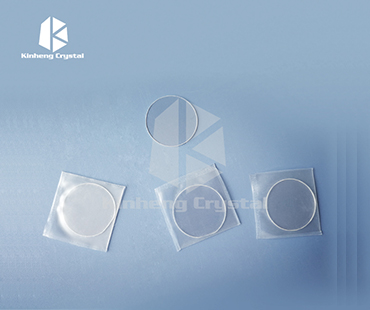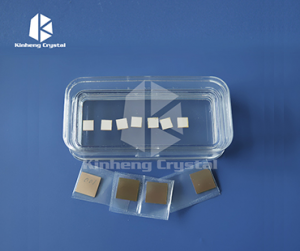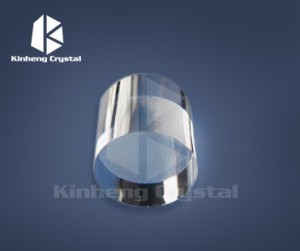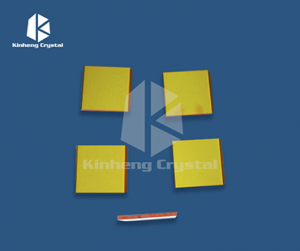MgO Substrate
Description
MgO single substrate can be used to create a mobile communications equipment required for high-temperature superconducting microwave filters and other devices.
We used a chemical mechanical polishing which may be prepared for a high-quality atomic level the surface of the product, Largest size 2”x 2”x0.5mm substrate available.
Properties
| Growth Method |
Special Arc Melting |
| Crystal Structure |
Cubic |
| Crystallographic Lattice Constant |
a=4.216Å |
| Density(g/cm3) |
3.58 |
| Melting Point(℃) |
2852 |
| Crystal Purity |
99.95% |
| Dielectric Constant |
9.8 |
| Thermal Expansion |
12.8ppm/℃ |
| Cleavage Plane |
<100> |
| Optical Transmission |
>90%(200~400nm),>98%(500~1000nm) |
| Crystal Prefection |
No visible inclusions and micro cracking, X-Ray rocking curve available |
Mgo Substrate Definition
MgO, short for magnesium oxide, is a single crystal substrate commonly used in the field of thin film deposition and epitaxial growth. It has a cubic crystal structure and excellent crystal quality, making it ideal for growing high-quality thin films.
MgO substrates are known for their smooth surfaces, high chemical stability, and low defect density. These properties make them ideal for applications such as semiconductor devices, magnetic recording media, and optoelectronic devices.
In thin film deposition, MgO substrates provide templates for the growth of various materials including metals, semiconductors and oxides. The crystal orientation of the MgO substrate can be carefully chosen to match the desired epitaxial film, ensuring a high degree of crystal alignment and minimizing lattice mismatch.
In addition, MgO substrates are used in magnetic recording media due to their ability to provide a highly ordered crystal structure. This allows for more efficient alignment of magnetic domains in the recording medium, resulting in better data storage performance.
In conclusion, MgO single substrates are high-quality crystalline substrates used as templates for the epitaxial growth of thin films in various applications, including semiconductors, optoelectronics, and magnetic recording media.












